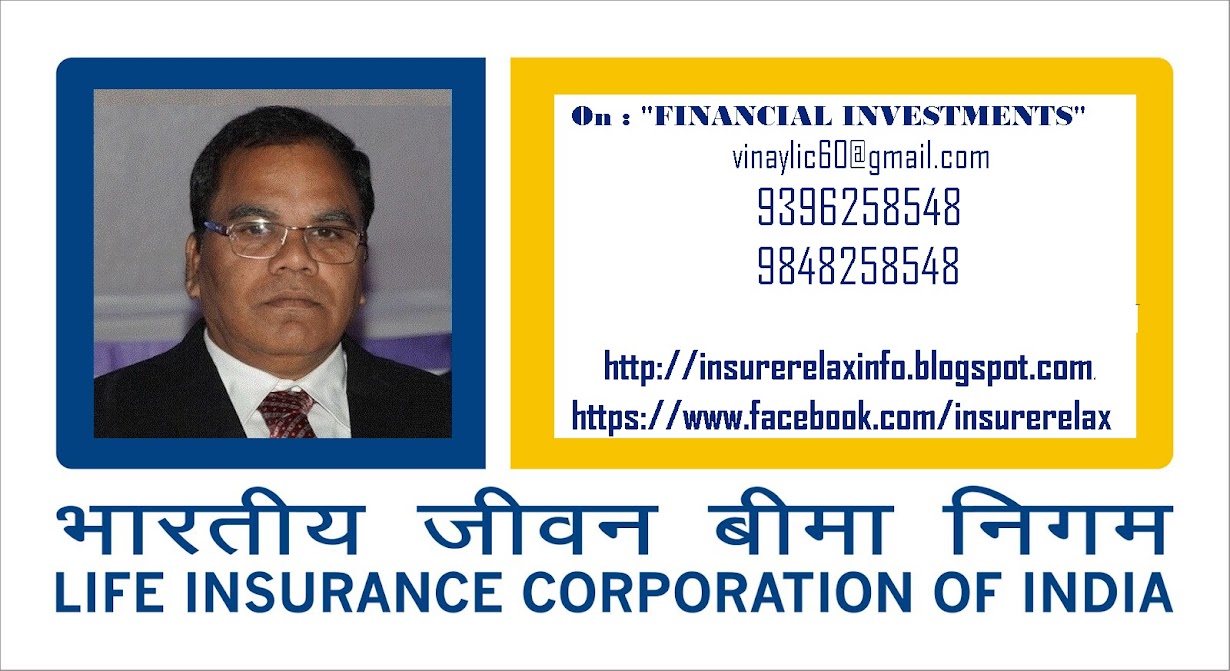India improves rank to No. 2 in 2010 in Million Dollar Round Table
India’s ranking in the elite club of the world’s life insurance agents is fast improving. According to the latest Million Dollar Round Table (MDRT) numbers, an elite club of life insurance agents in the world, India has improved its rank to number two in 2010 from the early 2000 where it didn’t feature in the top 10 countries. United States of America is at number one position data revealed.
For 2008-09, India was ranked 3rd with 3922 MDRT agents, 4th position in 2009-10 with 5034 MDRT agents and is at 2nd position with 6126 MDRT agents in 2010-11.
Several domestic companies featured in the top 100 companies for MDRT globally data released as of August 1, 2011 for the period January to December 2010. SBI Life Insurance continued to top in the global 100 companies with the maximum number of MDRT agents at 2661. The insurer retained the unique distinction of topping the club for the third time consecutively. Similarly, Life Insurance Corporation of India has been ranked number 4 with 1993 agents, HDFC Life ranked 13th with 489 agents, ICICI Prudential Life was ranked at 21 position with 341 agents, Tata AIG Life at 31st position with 207 agents, Max New York Life at 33rd position with 203 agents.
“India’s ranking has been continuously improving and is ranked number two behind USA for 2010. With this rate of growth, it is a matter of time when India can occupy the coveted position of being number one in the world,” said Rajiv Gupta executive director, marketing, SBI Life Insurance.
To be eligible for a basic MDRT membership every year, an agent has to meet a specified production goal in the first year income or a certain commission in addition to adhering to a strict code of ethics. As per the qualifying norms for 2010-11, an agent has to earn a commission of Rs 7,59,100 or a premium of Rs 30,36,400.
Within the MDRT, there are three levels such as the basic MDRT, the Court of Table (CoT) and Top of Table (ToT). For the agent to qualify for the CoT, he has to do thrice the MDRT business, while to qualify for the ToT, the insurance agent has to do six times the business required for the MDRT. Of the total SBI Life Insurance agents that qualified for MDRT, 200 have achieved CoT and 30 ToT membership status. “SBI Life’s contribution is around 50 per cent of the total MDRT agents produced by India,” added Gupta.
India’s ranking in the elite club of the world’s life insurance agents is fast improving. According to the latest Million Dollar Round Table (MDRT) numbers, an elite club of life insurance agents in the world, India has improved its rank to number two in 2010 from the early 2000 where it didn’t feature in the top 10 countries. United States of America is at number one position data revealed.
For 2008-09, India was ranked 3rd with 3922 MDRT agents, 4th position in 2009-10 with 5034 MDRT agents and is at 2nd position with 6126 MDRT agents in 2010-11.
Several domestic companies featured in the top 100 companies for MDRT globally data released as of August 1, 2011 for the period January to December 2010. SBI Life Insurance continued to top in the global 100 companies with the maximum number of MDRT agents at 2661. The insurer retained the unique distinction of topping the club for the third time consecutively. Similarly, Life Insurance Corporation of India has been ranked number 4 with 1993 agents, HDFC Life ranked 13th with 489 agents, ICICI Prudential Life was ranked at 21 position with 341 agents, Tata AIG Life at 31st position with 207 agents, Max New York Life at 33rd position with 203 agents.
“India’s ranking has been continuously improving and is ranked number two behind USA for 2010. With this rate of growth, it is a matter of time when India can occupy the coveted position of being number one in the world,” said Rajiv Gupta executive director, marketing, SBI Life Insurance.
To be eligible for a basic MDRT membership every year, an agent has to meet a specified production goal in the first year income or a certain commission in addition to adhering to a strict code of ethics. As per the qualifying norms for 2010-11, an agent has to earn a commission of Rs 7,59,100 or a premium of Rs 30,36,400.
Within the MDRT, there are three levels such as the basic MDRT, the Court of Table (CoT) and Top of Table (ToT). For the agent to qualify for the CoT, he has to do thrice the MDRT business, while to qualify for the ToT, the insurance agent has to do six times the business required for the MDRT. Of the total SBI Life Insurance agents that qualified for MDRT, 200 have achieved CoT and 30 ToT membership status. “SBI Life’s contribution is around 50 per cent of the total MDRT agents produced by India,” added Gupta.
